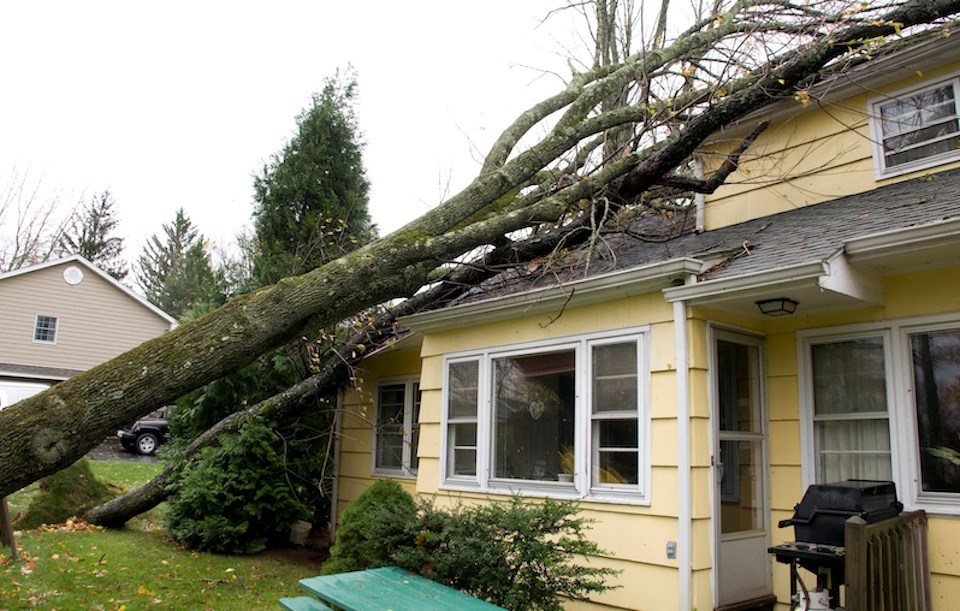The Metro Vancouver forecast doesn't include an early onset to the fall season but locals will likely notice a significant shift in the weather partway through October.
Environment Canada meteorologist Brian Proctor says La Niña typically causes colder and wetter winters in Metro Vancouver. However, the weather agency currently expects a "weak" La Niña year.
"We were thinking that La Niña would be stronger, which could have meant an early start to fall," he told V.I.A.
Instead, the national weather forecaster expects true fall storms will commence around mid-October, which is typical for the season. Temperatures may also trend slightly above average through the fall, partially due to warm weather through the first half of September.
Coastal temperatures could rise to 29 C to 30 C between Thursday (Sept. 5) and Saturday, while some inland areas may even see temperatures reach as high as 34 C.
"An upper ridge is building strongly into the end of the work week," Proctor said. "But some people may see some fog patches in the morning, particularly very early."
Proctor said nights are getting longer, providing more time for surface levels to cool since there is less solar radiation. Fog is more likely in low-lying areas that don't have wind getting to the surface.
There is a "very slight" chance of showers late Sunday night through Monday but it likely won't feature significant moisture.
Cooler pattern expected in the seven-day Metro Vancouver weather forecast
Next week, temperatures are expected to drop Tuesday through Wednesday, and overcast skies might provide ideal conditions for showery activity. However, no "true storms" are expected.
Proctor noted that true fall storms typically emerge in mid-October and feature more precipitation and strong winds.
"True fall conditions are expected to come into the region at this time," he said.
La Niña will start developing from late October to November and bring more precipitation and cooler temperatures during the winter. However, since it is considered a "weak" year, its effects aren't expected to impact the fall season dramatically.
"We expect warm temperatures will persist through September and into early October," the meteorologist said.
When fall storm season arrives, locals can brace for "frequent systems rolling in off the Pacific, more precipitation, and strong winds."
La Niña's effects won't officially take shape in the Lower Mainland until mid to late December when the weather phenomenon can produce colder-than-average conditions and champagne powder on the ski hills.
For now, Proctor advises locals to get outside for the remainder of September.
"Get out and enjoy it as much as you can."
Stay up-to-date with hyperlocal forecasts across 50 neighbourhoods in the Lower Mainland with V.I.A.'s Weatherhood.



